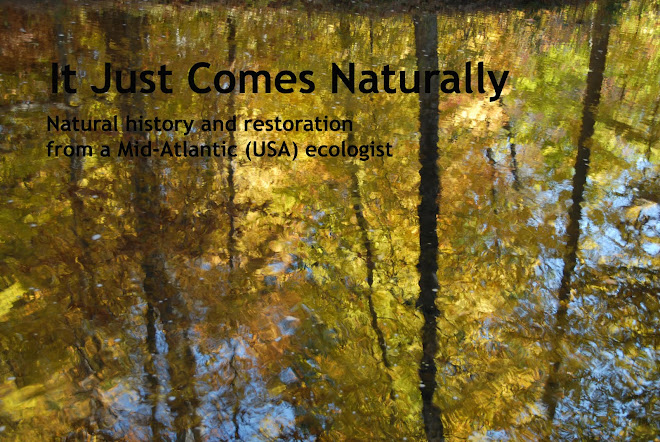 |
| (This is Chris Evans, not my intern) |
Most of the kids move on and disappear after they finish college, but a few stay in touch. One of our previous interns is nearing the end of his doctoral program; he described a new subspecies of bird after doing field work in South America.
Another of our previous interns stopped by the office this afternoon. He is close to earning his Master's degree in marine zoology - working on the effects of the BP oil spill in the Gulf of Mexico. This young man is now 28 years old - handsome, bearded, bespectacled, and so much more mature than when he worked here as an undergraduate. And, most of all, he is optimistic and motivated. I bent his ear for nearly an hour, reveling in his enthusiasm, excitement, and professionalism.
I'm pretty sure that a lot of his demeanor has to do with his youth and the stage at which he finds himself in his career, but he brought back for me some of the same enthusiasm I felt when I was in graduate school at his age.
He also made me feel a little bit sad, too, because I've all but lost that spark.
































